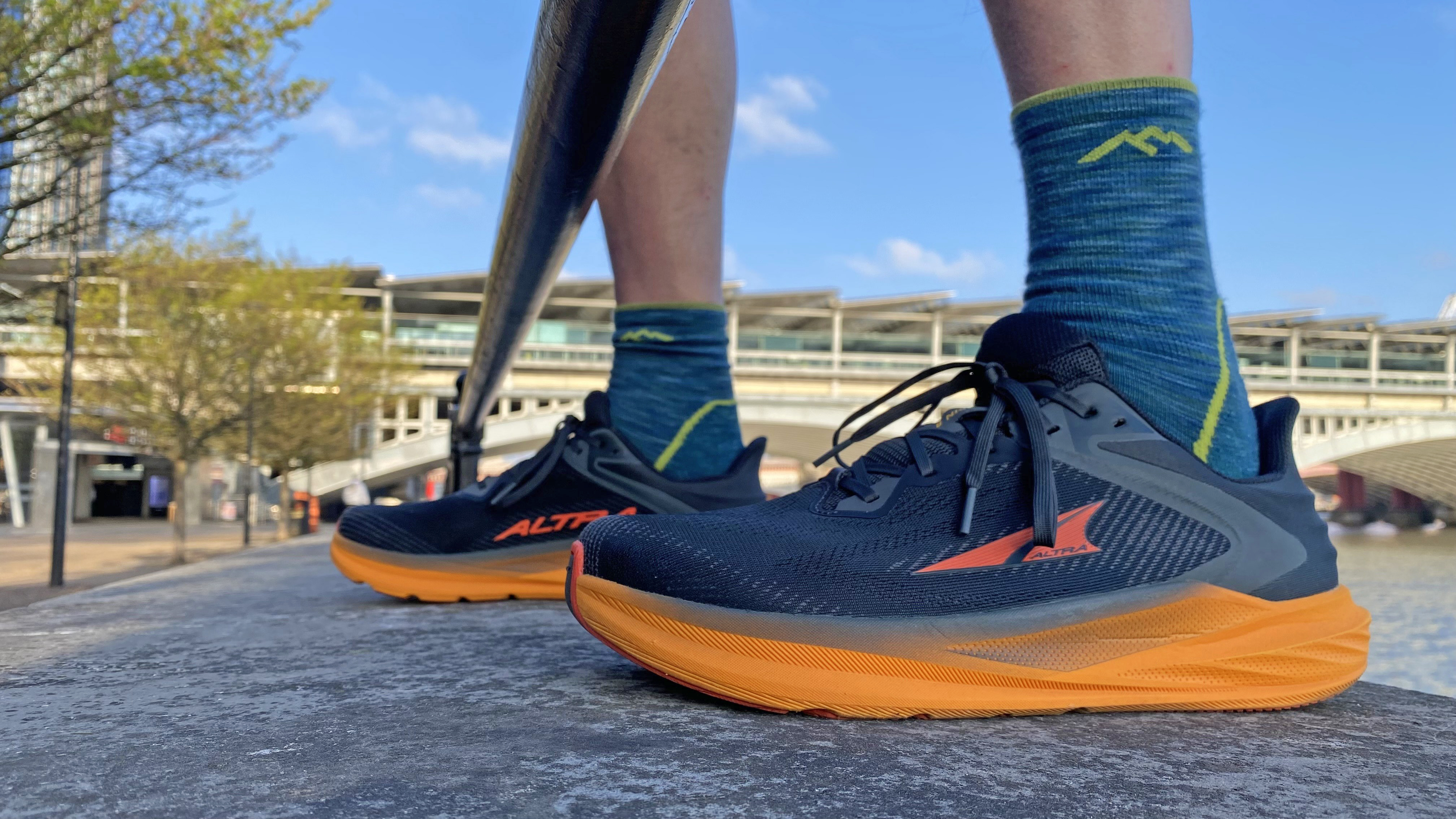'Feels like' temperature and wet bulb temperature explained
Why can 50 degrees feel mild in some places and frigid in others? We explain “feels like” temperature and wet bulb temperature

If you’ve ever left the house, you’ll know that 50 degrees can feel a heck of a lot different from one place to another. When I lived in Colorado, summertime highs in the 80s still meant I could get out on a hike pretty comfortably, as long as I wore a hat and carried plenty of water. When I lived in Missouri, highs in the 80s meant I wanted to die. In winter, I spent many a sunny afternoon in Colorado sitting out on a sunny deck in a T-shirt even though it was only in the 40s. When I lived in Vermont, highs in the 40s meant I wanted to die. Why?
The issue isn’t, as my ex claimed, that I have precisely one degree of comfort and it’s 78 degrees, but rather, that there are other factors beyond temperature that determine how you experience outside temperature. Your body is a more-or-less regulated 98 degrees (that’s 37 celsius). When the temperatures creep up closer to that number, you feel cozy and then hot. When they’re a lot lower than that number, you feel cold. But there’s more to it than that, with conditions such as relative humidity and wind speed influencing your comfort levels.
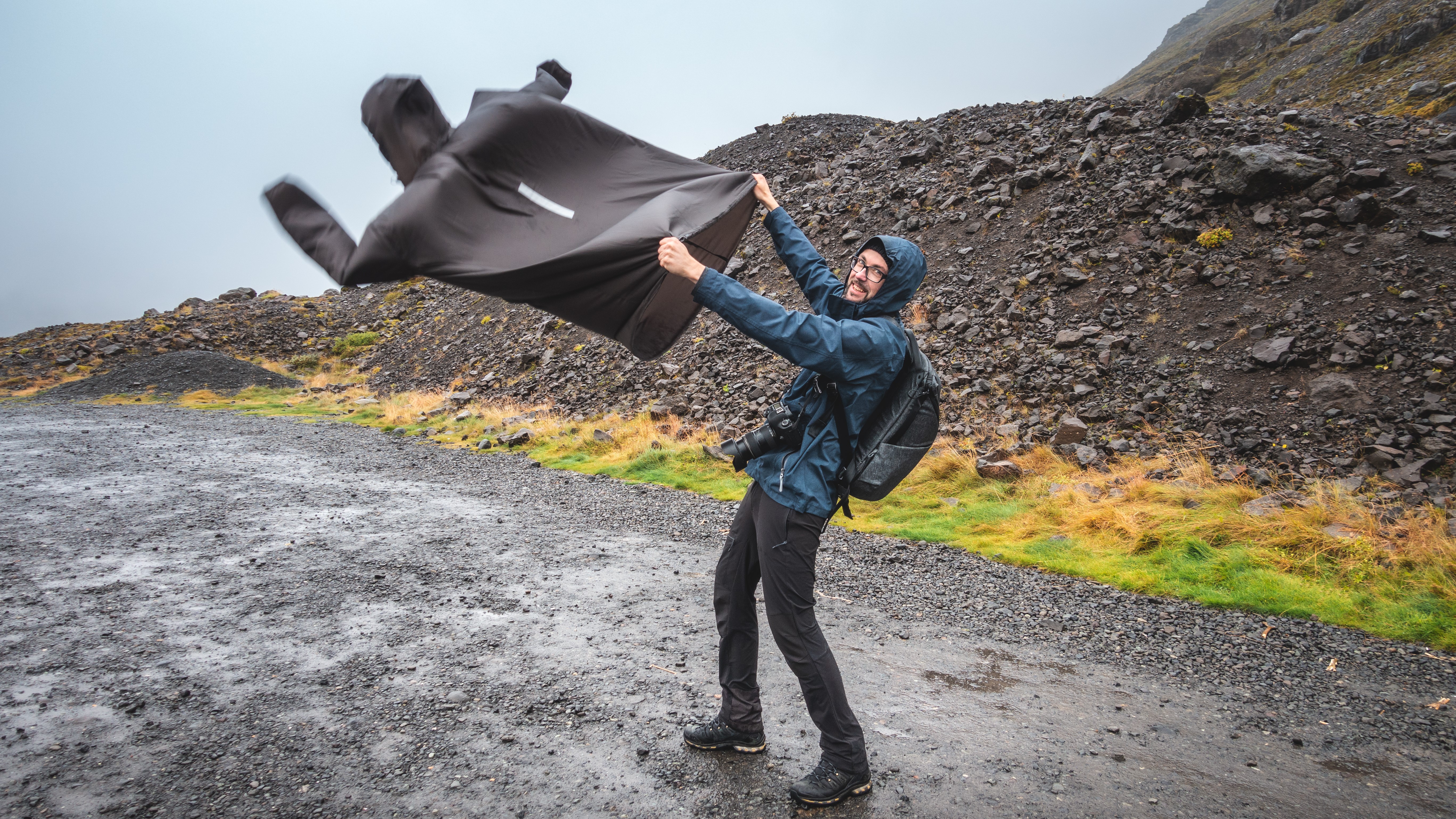
When you’re going to be getting outside in the elements, it’s important to understand these factors. Whether you’re going to be donning your best hiking boots for a tranquil trek or a pair of trail running shoes for a fast-paced adventure, you’ll want to be dressed for the weather. During the winter, you might be surprised to discover how different a cold day in Colorado can feel compared to a day that looks pretty similar on the weather report up in Minnesota. Same goes for summer’s heat in northern California versus North Carolina.
In this article, we explain two different ways of assessing how comfortable or uncomfortable you’re likely to be outdoors on a given day, known as “feels like” temperature and Wet Bulb Temperature. Before we do that, however, it’s helpful to know how meteorologists determine the air temperature, which the number they use to tell you the day time high and the night time low. This is done, as you’d imagine, using a thermometer, but that thermometer is commonly protected by what’s called a Stevenson Screen, a small box which protects it from sunlight, rain and other environmental factors. Because you don’t hike up a mountain inside a Stevenson Screen, these other factors will play into how the day really feels and affects your performance and energy levels.
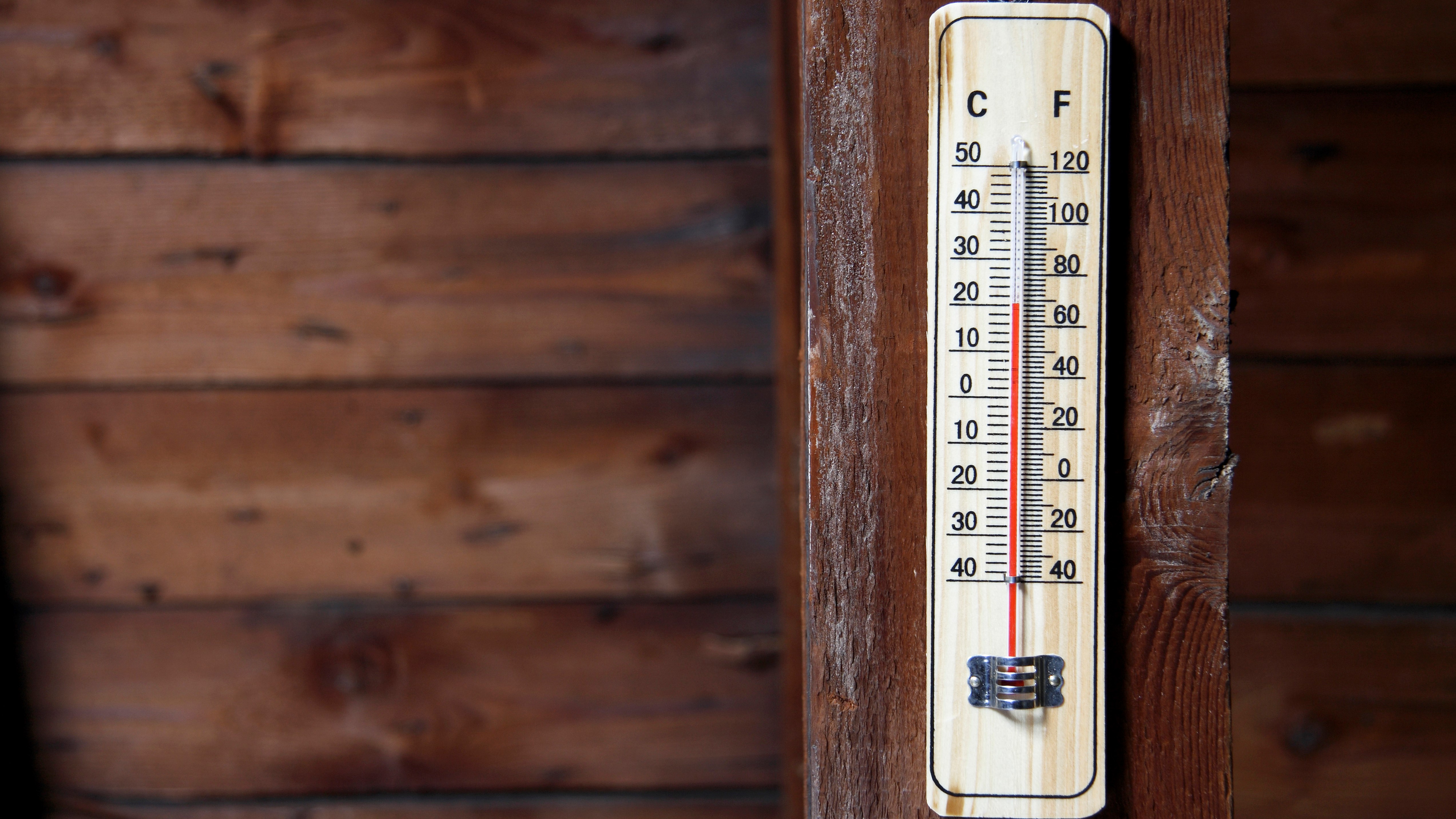
“Feels like” temperature
When you’re listening to a meteorologist read the weather report, you might hear them predict both the day’s high as well as the “feels like” temperature. When these numbers are more than about five degrees different, you’ll want to pay attention.
Also called apparent temperature, the “feels like” temperature is a calculation that takes into account the wind and humidity conditions to determine what the outdoor air temperature will likely feel like in relation to your body temperature.
The UK’s Met Office explains that wind evaporates moisture off your face and moves heat away from your body, making the day seem cooler than it actually is. When it’s already cold, you’ll want to be aware that wind can increase the risk of windchill and you’ll want to prepare to protect yourself against conditions like frostbite and hypothermia. However, when the weather is warm to begin with, this isn’t a concern.
Advnture Newsletter
All the latest inspiration, tips and guides to help you plan your next Advnture!
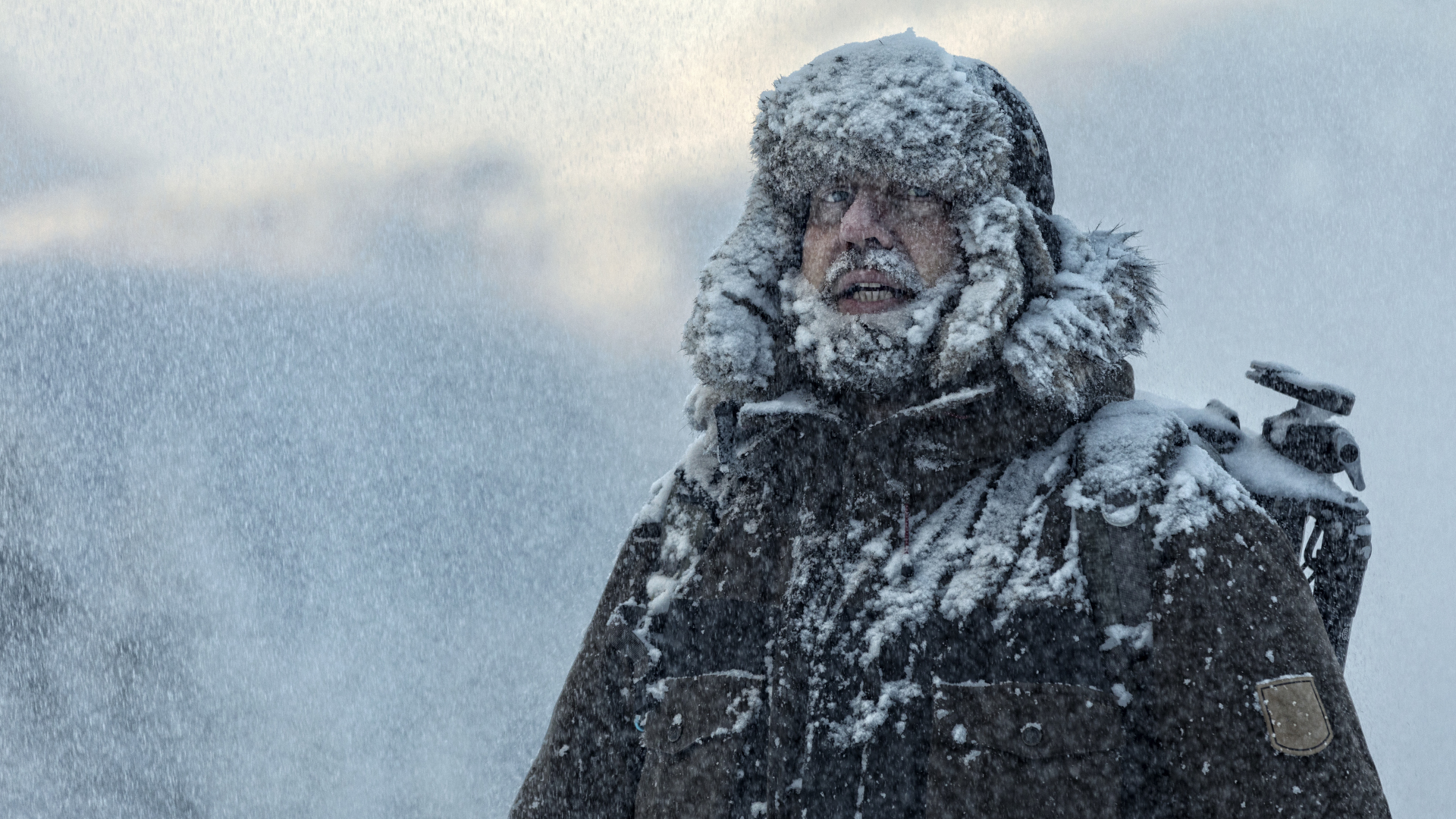
The other factor that can massively affect what the temperature feels like is humidity, which actually affects your experience whether it’s hot or cold out. If it’s a cold day, high humidity makes us feel colder, which you’ll have experienced if you’ve ever spent a winter in the midwest, on the east coast or in the UK. The reasons for this aren’t totally understood, but some speculate that damp clothes take more energy for your body to heat than dry clothes, or that they make it more difficult to trap air for insulation. If it’s a hot, humid day and you’re hiking on the Florida Trail, 80 degrees can easily feel like 100 and that’s because moist air won’t evaporate your sweat as well as dry air. Sweating is your body’s natural cooling mechanism, but it only works if the sweat is allowed to evaporate; if it can’t, you stay hot.
The “feels like” temperature takes the above factors into account to calculate what your perception of the day ahead might be like and help you adjust your gear accordingly. In windy conditions on cool or cold days, make sure you bring windproof outer layers like waterproof jackets and rain pants which can make a tremendous difference to your warmth, even if they’re not insulated. On hot humid days, limit your time outdoors, seek shade, and wear breathable, moisture wicking fabrics.
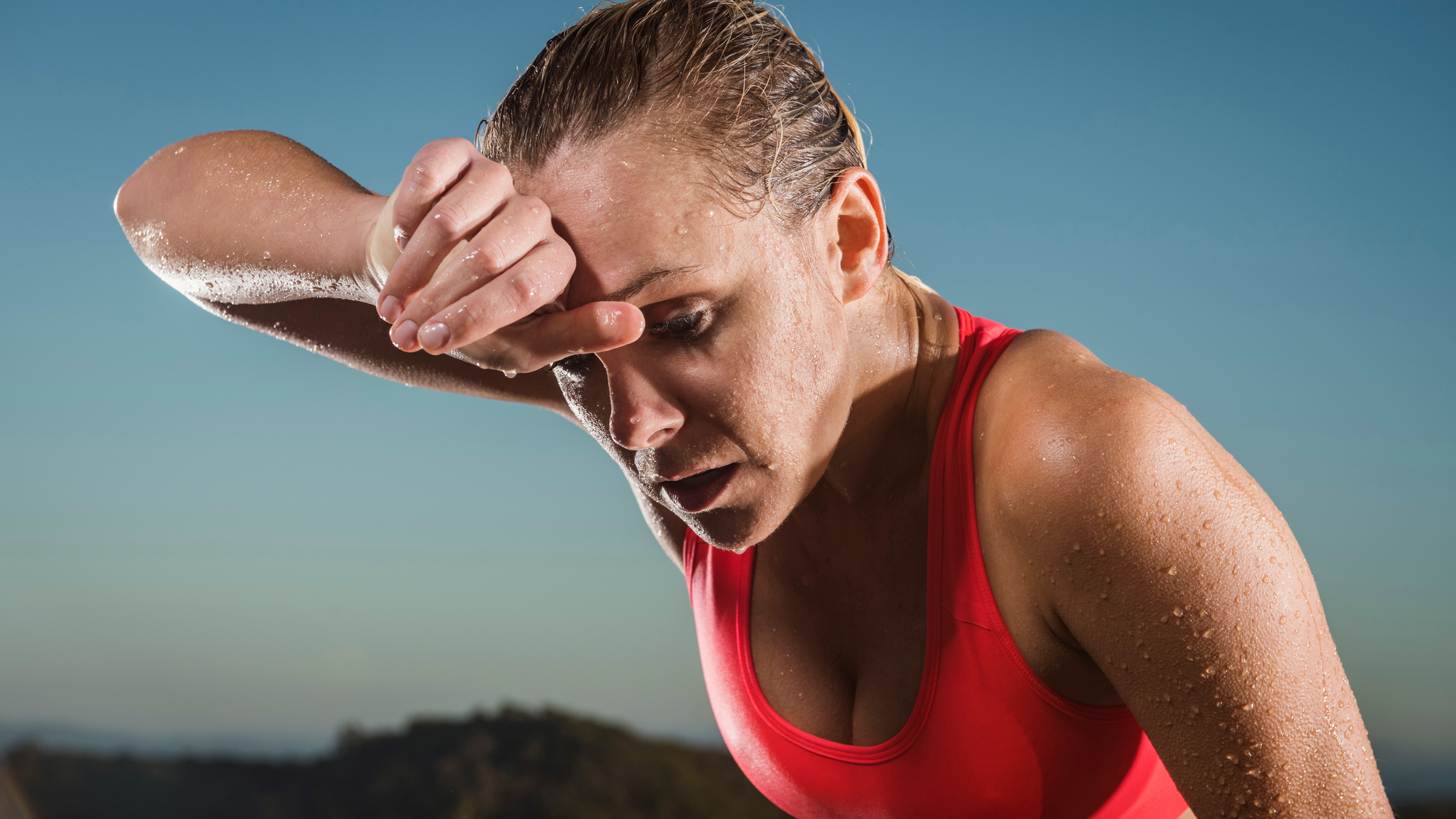
Wet Bulb Temperature
Less commonly used by meteorologists in weather reports than the “feels like” temperature, but growing in usage, is a measurement rather weirdly called Wet Bulb Temperature. WBT is a measurement that combines the air temperature as recorded by the Stevenson Screen with humidity. Science Direct explains that the unusual-sounding name comes from how the measurement is performed – the thermometer is wrapped in a wet cloth. As you already learned in the “feels like” temperature section, this will cool the thermometer down. The lowest temperature recorded is the WBT.
What’s important here is that WBT is primarily used as a tool to predict heat stress on humans. When it is hot and humid out, as you also now know, WBT won’t be able to get as low. Outside of a lab, that means your body won’t be able to cool as efficiently.
According to a 2022 article in the Guardian, scientists are using WBT to help them gauge human survivability in the face of a warming planet. They’re concerned with finding the so-called “threshold” WBT – the point at which a healthy person could survive for only six hours. This is currently considered to be 95°F (35°C), which is approximately equivalent to an air temperature of 104°F (40°C) with a relative humidity of 75%. As you know, a lot of places are seeing these kinds of temperatures regularly now in the summer.
While this measurement may not be mentioned so commonly in daily mountain weather reports that you access for trail running and hiking, it may be important for us globally and a warning to assess your behavior, from energy consumption and vehicle use to choosing eco-friendly hiking clothes and repairing old gear rather than discarding it.
Julia Clarke is a staff writer for Advnture.com and the author of the book Restorative Yoga for Beginners. She loves to explore mountains on foot, bike, skis and belay and then recover on the the yoga mat. Julia graduated with a degree in journalism in 2004 and spent eight years working as a radio presenter in Kansas City, Vermont, Boston and New York City before discovering the joys of the Rocky Mountains. She then detoured west to Colorado and enjoyed 11 years teaching yoga in Vail before returning to her hometown of Glasgow, Scotland in 2020 to focus on family and writing.

